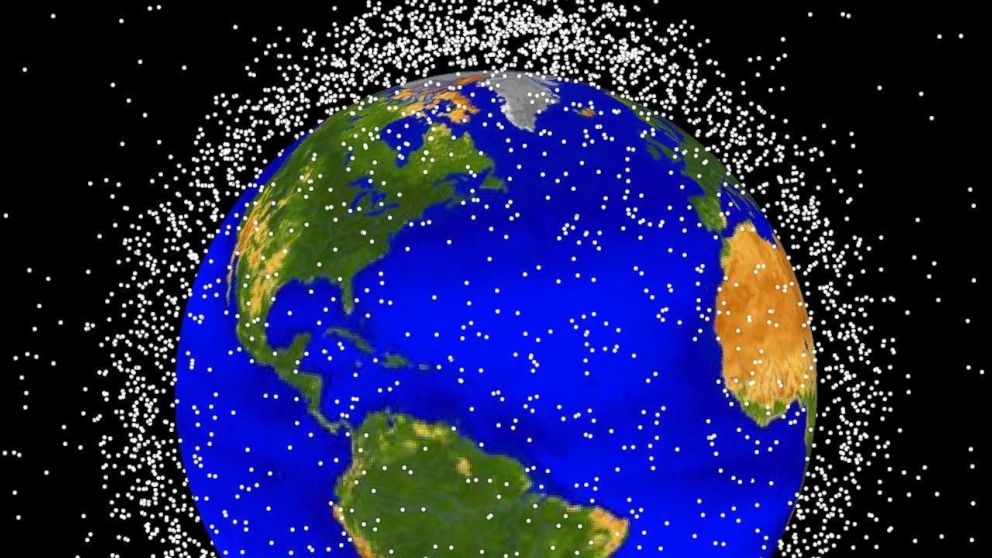Far Out! Company Tracks Space Junk
New facility will use lasers to track the scattered orbital debris.

— -- If you think cleaning your home is a pain, try cleaning up space.
A proposed new facility in Western Australia will provide a clearer picture of just how much space junk is orbiting earth.
The facility, which is a partnership between Lockheed Marin and Australia's Electro Optic Systems, will use lasers and optical systems, like those found in telescopes, to detect and learn more about man-made space junk. This includes how fast the debris is moving, what direction its spinning and what it's made of.
The space junk facility won't act as a space janitor -- but will instead make sure government and commercial organizations are aware of the location of junk so they can protect their investments in space, according to Rick Ambrose, executive vice president, Lockheed Martin Space Systems.
Want to Find ET? Look for Air Pollution
Asteroid Hunter Envisions a Telescope to Prevent Dangerous Earth Collisions
Could 'Gravity' Really Happen? Astronauts, Physicists Weigh In
Space junk, or as NASA calls it, "orbital debris," can range from items as small as flecks of paint released by thermal stress to as large as pieces from satellite explosions and collisions, according to NASA's Orbital Debris Programs Office.
More than 21,000 pieces of space junk larger than 10 centimeters are known to exist, according to figures released by NASA in 2012. There are an estimated half-million pieces of debris that range in size between one and 10 centimeters, while the number of particles smaller than the size of a fingernail is estimated to be more than 100 million.
Despite the copious amount of trash orbiting the earth, the odds seem slim it will ever come crashing down in a populated area.
In fact, there may only one person in the world who knows what it's like to be smacked by space junk.
In January 1997, Tulsa resident Lottie Williams was walking in a park when she said she was hit on the shoulder by a six-inch piece of blackened metallic material.
A used Delta II rocket had crashed into the Earth's atmosphere half an hour earlier. Scientists believe that Williams was hit by a part of it — making her the only person in the world known to have been hit by man-made space debris.
While it's important for government and business interests to keep their eyes to the sky -- you're much more likely to win the lottery and be struck by lightning.
According to NASA, items within 372 miles or less of Earth's orbit are likely to fall back to Earth within several years. However, the majority of a space junk will not survive the heat of re-entry into Earth's atmosphere.
The space junk that does make it is most likely to fall into water or vast, sparsely populated regions, according to NASA, such as the Canadian Tundra, the Australian Outback and Siberia.




